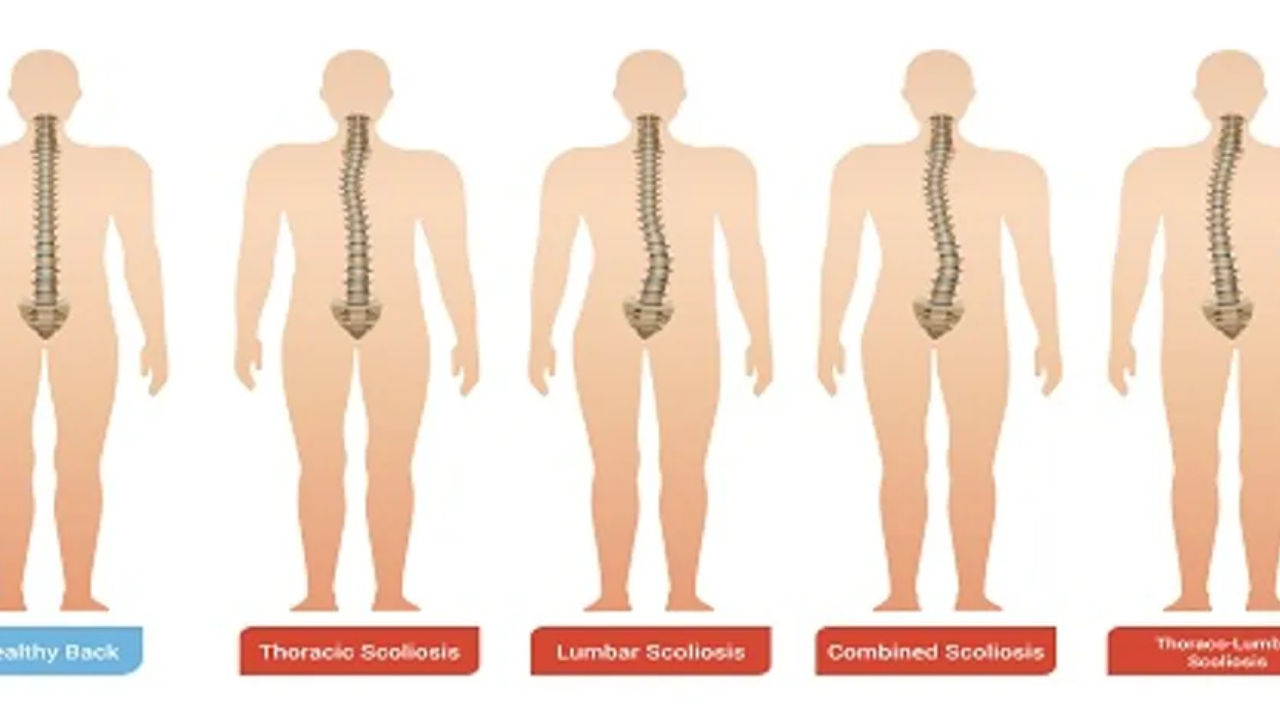The main concern of all parents is to see their children are living a healthy and happy life. Though considered to be one of the common conditions, scoliosis needs a lot of attention amongst the numerous health issues that may arise during the developmental years of a child. It is gradual in nature and this implies that it may take quite a long time before it is realized that it has been under the radar.
This condition is marked by a distinctive curving that can be managed when diagnosed in time. As a parent, it is important to have an oversight of what a scoliosis journey entails. This blog post provides some of the crucial knowledge about scoliosis that a parent needs to know.
Learning about Scoliosis and Types
Scoliosis is a health condition that is described as the lateral curvature of the spine. It may have different forms. These are the following:
- Idiopathic ( unknown cause)
- Neuromuscular ( caused by neurological or muscular disorders) and
- Congenital scoliosis (inherent at birth)
Symptoms common in children are:
- Uneven shoulders
- An obvious curvature of the backbone comes into sight
- One hip raised more than the other one
The children may also suffer backache and discomfort in other instances.
Causes and Risk Factors
As most of the cases are categorized in the idiopathic group, i.e. unknown cause, further investigations are undergoing to specify the exact reasons of the abnormal lateral curvatures. Another common type of scoliosis is congenital scoliosis that is basically malformations occurring during birth.
Also problematic are the neurological disorders such as cerebral palsy and muscular dystrophy. neuromuscular scoliosis is common when these disorders affect the muscles and nerves of the back. The most prominent risk factor is genetic, i.e. the odds are more when there have been multiple cases racing through the family. It also heightens the chances when one is at the growth spurt physical developmental stages meaning that toddlers and adolescents are at relatively higher risks.
Early Detection and Screening
Regular examinations, particularly in childhood and adolescence are very crucial since they aid in the early detection of scoliosis when the spine is in the growing stage. Physical examination is a certain method to be informed about any even slightest changes, it will help to avoid the aggravation of any possible problem. You should also be keen on any give-away signs, such as adjustment in sting or standing position.
Screening tests such as; Adamas Forward Bend Test, whereby the child is asked to bend forward and any asymmetry of the spine is seen, are usually employed. Radiographic images such as X-rays, MRI scans, etc prove the presence of the condition and shows the extent of the curvature, to initiate proper treatment procedures.
Treatment Options
The grade and development of the curvature determines the remedy to attempt. In mild cases, the orthopedic specialists frequently contemplate the non-invasion, particularly in the case of moderate-mild cases. Example, they can put you under physical therapy to strengthen the muscles in the spine which can effectively reduce the progress of the curvature.
Another usual procedure in the case of moderate scoliosis is bracing. The braces are designed to accomplish a progressive correction of the spine. You should teach your child to use them as many hours as it is required every day. The most qualified experts will also consider personal needs in scoliosis treatment solution. A personalized strategy aids in making the recovery speedy and permanent. Invasive approaches may be needed when all the traditional ones are not able to provide desired outcomes.
Scoliosis and Living with It
There are also occasional issues with school and social life in scoliosis, particularly where the child is afraid of being stigmatized by wearing a brace, or has to miss school so often due to appointments. The parent is advised to be clear when talking to the staff at the School of the child so as to ensure that they clearly understand the situation and make the necessary deliberations.
Another thing that is needed is to establish a positive atmosphere at home, introduce the child to scoliosis support communities and connect them with people who can empathize with the experiences. As opposed to some poorly informed opinions, children with scoliosis not only can but also should keep on with the physical activities. These exercises will be good for general fitness, and they can as well help in the strengthening of muscles that support the spine.
Endnote
A child with scoliosis requires active measures that would help him or her live a comfortable life that is fulfilling. What is important is to prioritize the detection so that early interventions could be made. We also need to establish a strong support network to make them have confidence in themselves.



